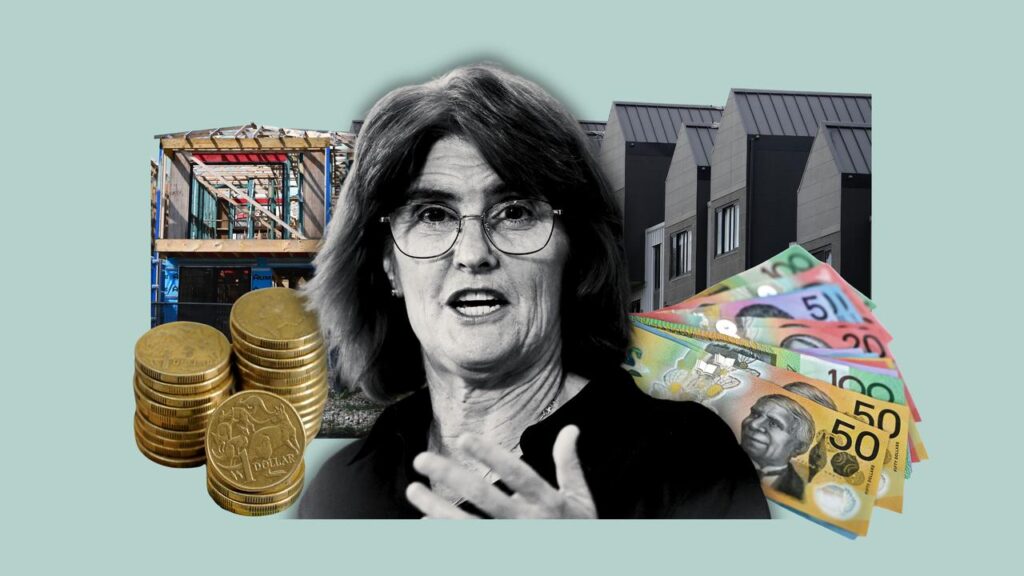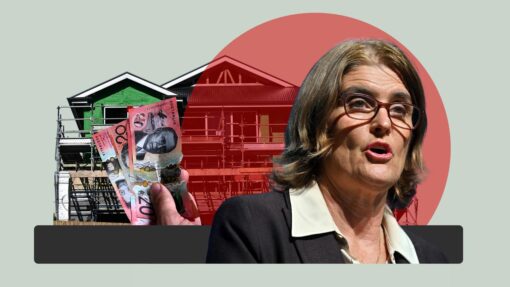Rates cut but borrowers told not to bank on more relief
Jacob Shteyman |

Borrowers have received welcome relief from the Reserve Bank of Australia, which delivered a widely expected interest rate cut but flagged the end to its easing cycle is getting closer.
The central bank opted not to shock markets for a second time in two months on Tuesday, cutting the cash rate by 25 basis points to 3.6 per cent.
In its accompanying statement, the RBA board said a further easing in monetary policy, following cuts in February and May, was appropriate because underlying inflation and the labour market had continued to ease.
“The board nevertheless remains cautious about the outlook, particularly given the heightened level of uncertainty about both aggregate demand and potential supply,” it said.
Absent from the board’s statement this time was a comment it felt monetary policy was still restrictive.
As the cash rate gets closer to the unobservable “neutral” rate, the board would have to work harder to justify crossing into stimulatory territory, EY chief economist Cherelle Murphy said.
“This will be a harder barrier for the Reserve Bank to cross but we think a likely one, with private consumption and investment still soft and risks persisting due to elevated global uncertainties,” she said.
RBA governor Michele Bullock said any further decisions would be taken “meeting-by-meeting” and based on economic data as it unfolds.

All nine board members voted in favour of a cut and there was no discussion of a jumbo 50 basis point cut, Ms Bullock said.
The RBA’s decision will save borrowers with a $600,000 mortgage almost $90 a month in repayments and a cumulative $272 per month since cuts began in February.
The move brings the cash rate to its lowest level since May 2023, with the average variable mortgage rate expected to fall to 5.5 per cent.
But for many borrowers, the financial boost was behind schedule.
Most economists had expected the RBA to deliver further rate relief in its July meeting.

In a shock 6-3 decision, the board kept rates on hold, citing a need to wait for more inflation data to ensure price growth was coming down sustainably to target.
The local share market lifted modestly and the Aussie dollar fell following the decision, while money markets were pricing in two more cuts by March.
Vanguard senior economist Grant Feng predicted one more cut by the end of 2025, as growth showed signs of recovery and the unemployment rate stabilising.
Treasurer Jim Chalmers said the decision was “very welcome relief for millions of Australians”.
“The three interest rate cuts we’ve seen this year would not have been possible without our collective efforts to get inflation down,” he said.
The RBA board in its statement noted uncertainty in the global economy was still high.
But markets had settled down in recent months with a little bit more clarity to the scale of Donald Trump’s tariffs and a fairly low amount of retaliation from other countries.
In quarterly forecasts produced by RBA staff and released alongside the cash rate decision, productivity growth was revised down by 0.3 per cent over the medium term.
That would flow through to lower GDP growth, lower living standards and make it harder to get inflation under control.
All four big banks and challenger lender Macquarie announced they would pass on the cut in full to variable home loan borrowers.
AAP


